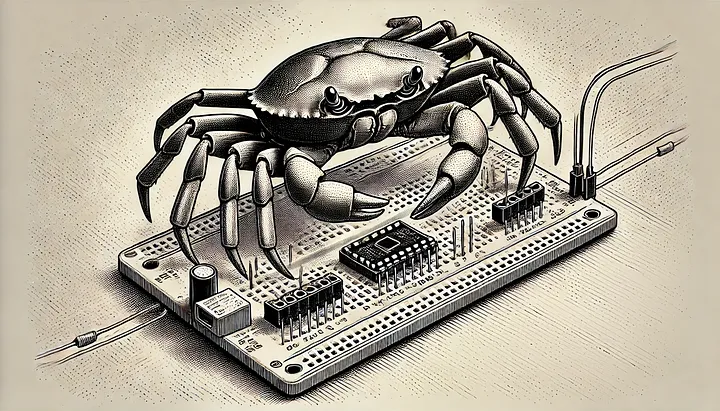Understanding SERB's Role In India's Science Ecosystem

The Science and Engineering Research Board (SERB), a statutory body under the Department of Science and Technology (DST), Government of India, plays a pivotal role in fostering and nurturing a vibrant scientific ecosystem within the nation. Established in 2008 , SERB’s mandate is to promote basic research in science and engineering and encourage a culture of innovation. The Science and Engineering Research Board (SERB) is a cornerstone of India’s science and technology landscape, dedicated to advancing research across diverse scientific disciplines. Created to empower India’s scientific community, SERB offers an array of programs that cater to individual scientists, early-career researchers , and collaborative projects, emphasizing both foundational and applied research. Key initiatives include funding for young scientists, impactful partnerships with global institutions, and specialized grants th...


.jpg)







